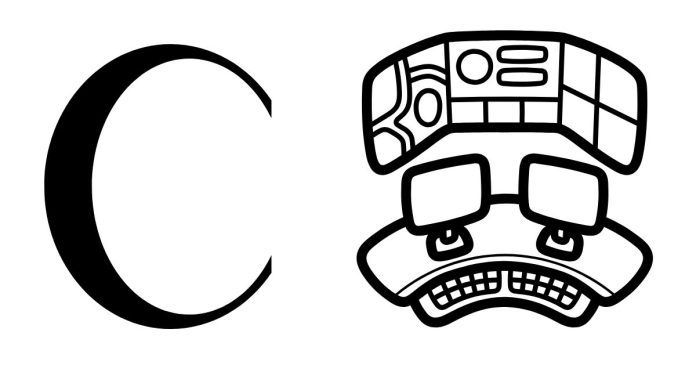Understanding the Control Center of a Cell: What Does Letter C Represent?
In a typical cell diagram, each part of the cell plays a specific role in maintaining the cell’s function and overall health. One of the most important structures in any cell is the nucleus, often referred to as the “control center.” This is because the nucleus is responsible for managing cellular activities, including growth, reproduction, and protein synthesis.
Why the Nucleus is the Control Center:
The nucleus houses DNA, which contains the genetic instructions for cell functions. These instructions are essential for guiding the cell’s activities, making the nucleus vital to the organism’s development and function.
In cell diagrams, the letter C is often used to represent the nucleus, emphasizing its crucial role as the cell’s control center. It directs the synthesis of proteins by controlling gene expression and coordinating the cell’s response to various signals.
Conclusion
Recognizing the control center of a cell, often labeled as “C” in diagrams, helps us understand how the cell operates as a coordinated system. Without the nucleus, cells wouldn’t be able to function properly, making it one of the most vital structures in all living organisms.


